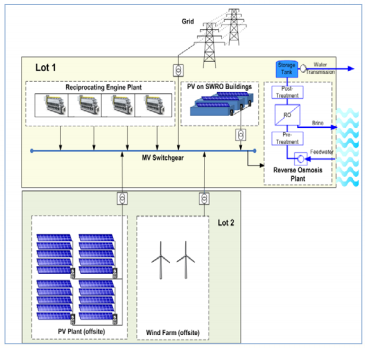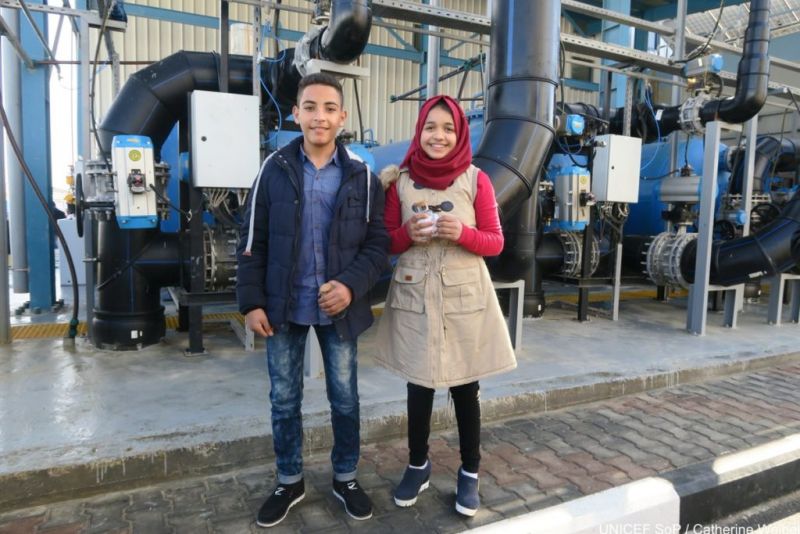New Gaza Desalination Plant Will Supply 4% Of The Population
Published on by Dan Grech, Director at Global OTEC Resources in Technology
The EU has invested €10m in building a new desalination plant in partnership with UNICEF, which will produce 6,000m3 of water daily which is 4% of Gaza’s daily consumption.
The plant plans to double capacity by 2019 with additional funding from the EU.
The director of Coastal Municipalities Water Utility, Monzer Shublaq, defended any criticism of the plants low capacity claiming that the plant was a symbolic step that the “train of water solution is now on track”.
Given the unrest in the Hamas controlled territory, conditions have been incredibly difficult and blockades had halted construction efforts.
This enclave is particularly desperate given that just 3% of water is potable. This is due to saline intrusion and nitrate contamination of the Coastal Aquifer as a result of over pumping and consumption.
This is part of the European Investment Bank Group’s rolling program of interventions in Gaza, introducing short term low volume desalination plants
The Islamic bank had previously signalled that it would support half the $455m funds required for a 55 million m3 per year RO plant. The estimated output of this proposal would provide a 2411% increase on the output of the newly inaugurated EU plant.
Power supply issue has been a major factor delaying a high volume central desalination plant. Renewable energy is planned as a component but can only generate 10-15% of the overall energy needed. An on-site fossil plant with reciprocating engines as a full back up power supply, fired by diesel or natural gas, coupled with grid connection to Israel will provide the majority of power required.

75,000 of Gaza’s 1.8m population is said to benefit from safe drinking water thanks to the new plant. Gaza has a population growth rate of 3.5%

Source: Future Desalination
Media
Taxonomy
- Water
- Treatment Plants
- Energy
- Desalination
- Operation & Maintenance
- Desalination Plant
- Grants & Aid
- Desalination